Celestial Objects
- Celestial objects are those which exist in the space like moons, stars, planets, etc.
The Moon
- Phases of the moon – The phases of moon refer to the various type of shape of the moon that is visible during different days in a month.
- Full moon day – Full moon can be seen on this day.
- New moon day – The moon becomes thinner after the full moon day. The visibility of the moon disappears on the fifteenth day. This day is called a new moon day.
- The moon’s surface – The surface of the moon is dusty with different size of craters. Moon does not have any water and atmosphere.
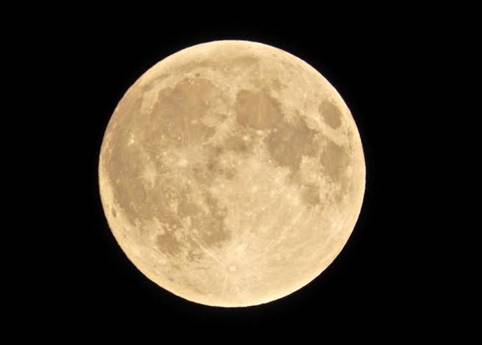
The stars
- The twinkling in the sky is caused by the stars.
- The nearest star to our planet is the sun which has a distance of around 150 million from earth.
- Earth axis has a star in its direction which is known as pole star.
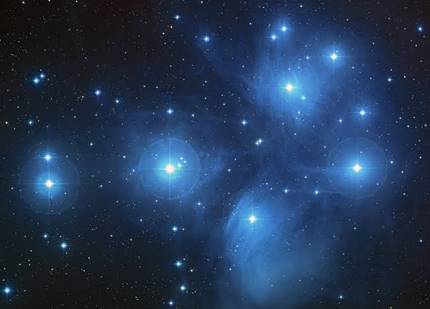
Constellations
- When a group of stars form different known shapes then it is called as constellations.
- Ursa major
- There are seven stars in this constellation
- The big dipper is also a name given to Ursa Major.
- Orion
- This constellation is visible only in winter during late evenings.
- The belt of the hunter is represented by the middle stars in the Orion.
- It is also known as the Hunter.
- Sirius
- In the sky the brightest star is Sirius.
- When a line that is a straight pass through the belt of Orion's three middle stars then the location of Sirius can be traced.
- Cassiopeia
- The popular constellation of the northern sky.
- It is visible during an early night in winters.
- It appears like a distorted letter M or W.
The solar system
- The solar system comprises of the sun and various other celestial objects which exist in the space.
- The various objects like comets, planets, meteors, etc. are part of the solar system.
- The order of the planets is Mercury, Venus, Earth, Mars, Jupiter, Saturn, Uranus, and Neptune.
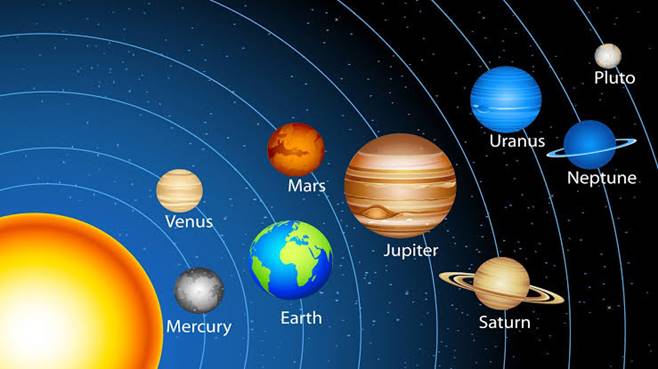
The sun
- The nearest star out of all the stars which exist in the universe is the sun.
- The main source of light and heat is the sun.
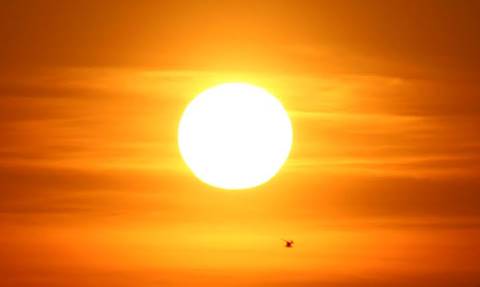
The Planets
- Planets do not have their own light like the sun.
- With respect to the stars, the planets keep changing their positions.
- The smallest planet and the nearest planet to the sun is mercury, also known as Budh.
- Only the planet earth has life existence.
Recap
- Celestial objects are those which exist in the space like moons, stars, planets, etc.
- The twinkling in the sky is caused by the stars.
- When a group of stars form different known shapes then it is called as constellations.
- The solar system comprises of the sun and various other celestial objects which exist in the space.
- The nearest star out of all the stars which exist in the universe is the sun.

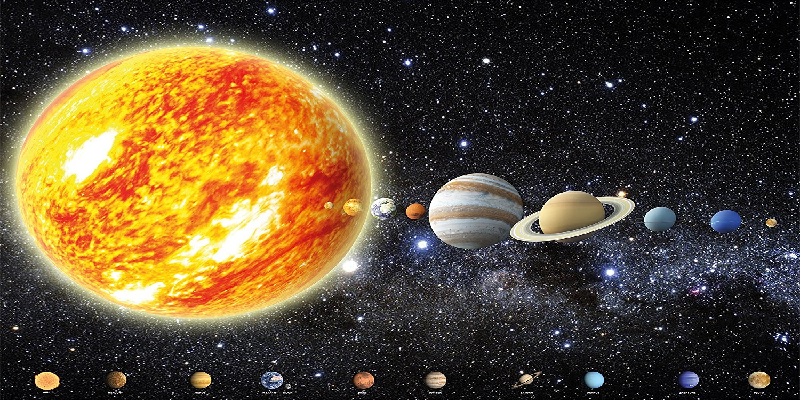























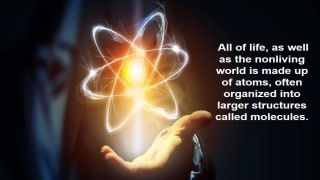

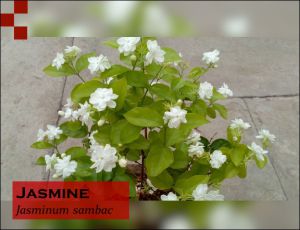







Comments